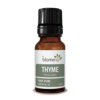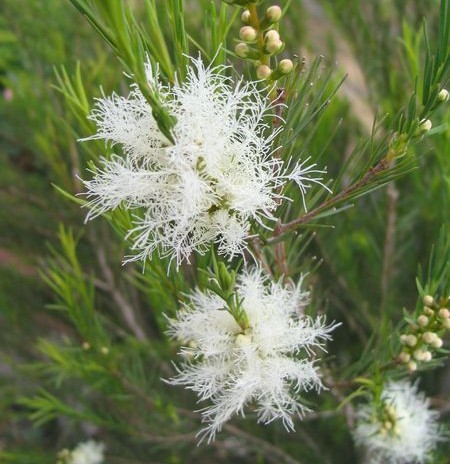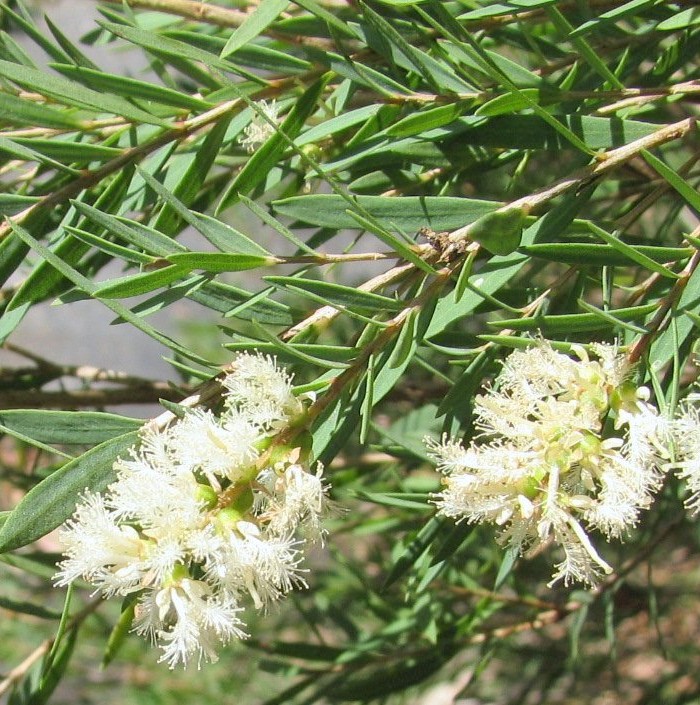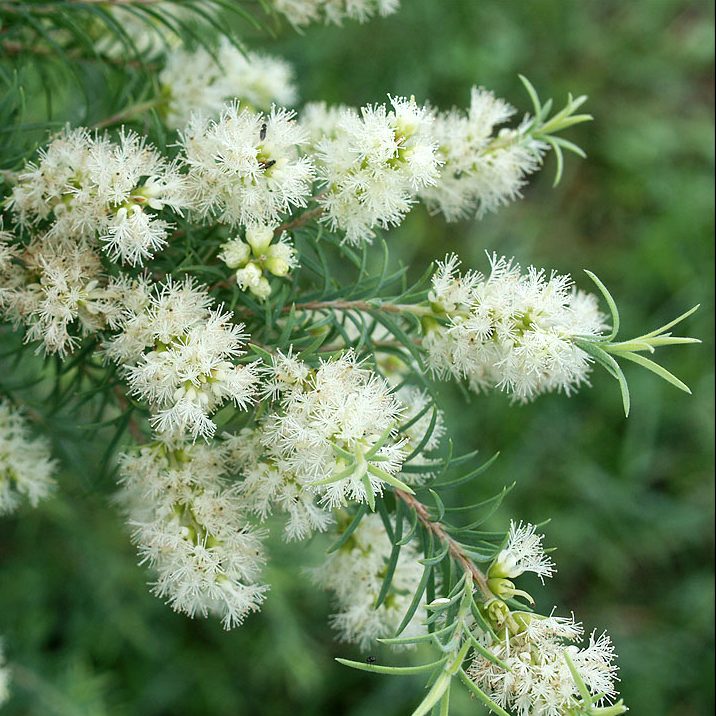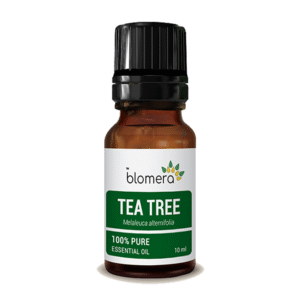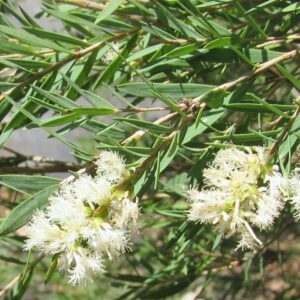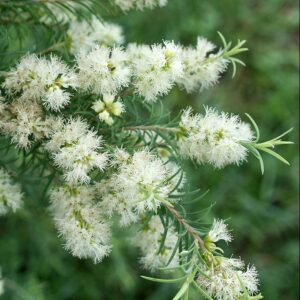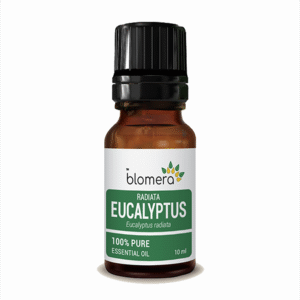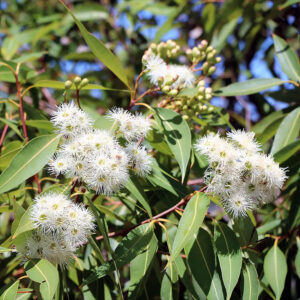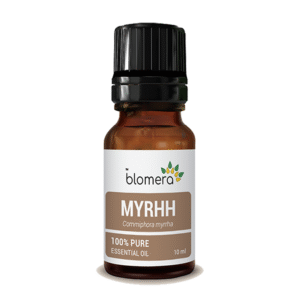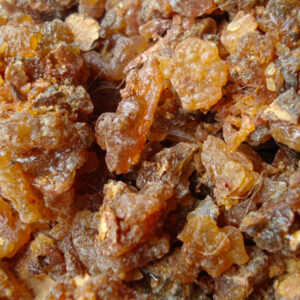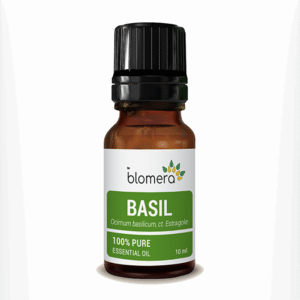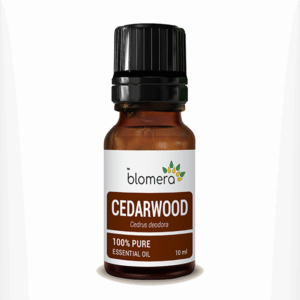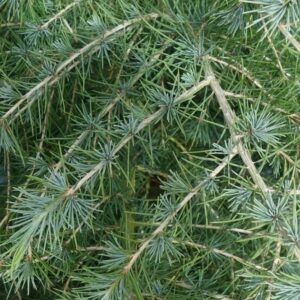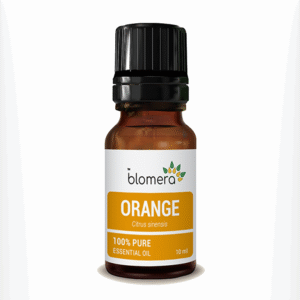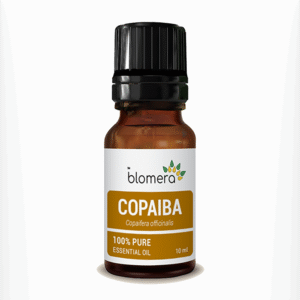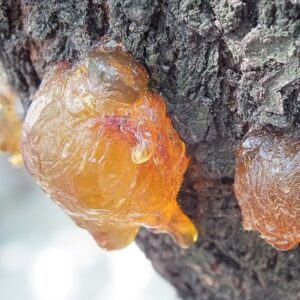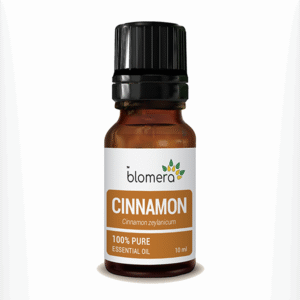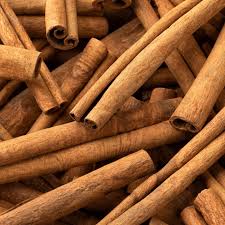Tea Tree Essential Oil
₦2,800.00 – ₦13,500.00Price range: ₦2,800.00 through ₦13,500.00
A fresh, clean essential oil for skincare and DIY cleaning products.
SKU: BEO-046
Categories: Essential Oils, Single Essential Oils
Tea Tree Essential Oil has a clean, medicinal aroma widely used in skincare, soaps, and home cleansing blends.
| Size | 10 ml, 30 ml, 50 ml, 100 ml, 250 ml, 500 ml, 1 kg |
|---|
Related products
Essential Oils
₦2,800.00 – ₦13,500.00Price range: ₦2,800.00 through ₦13,500.00
Essential Oils
₦5,500.00 – ₦27,000.00Price range: ₦5,500.00 through ₦27,000.00
Essential Oils
₦3,000.00 – ₦12,500.00Price range: ₦3,000.00 through ₦12,500.00
Essential Oils
₦2,700.00 – ₦13,500.00Price range: ₦2,700.00 through ₦13,500.00
Essential Oils
₦2,800.00 – ₦13,500.00Price range: ₦2,800.00 through ₦13,500.00
Essential Oils
₦3,500.00 – ₦17,000.00Price range: ₦3,500.00 through ₦17,000.00
Essential Oils
₦3,600.00 – ₦17,500.00Price range: ₦3,600.00 through ₦17,500.00
Essential Oils
₦3,200.00 – ₦15,500.00Price range: ₦3,200.00 through ₦15,500.00


